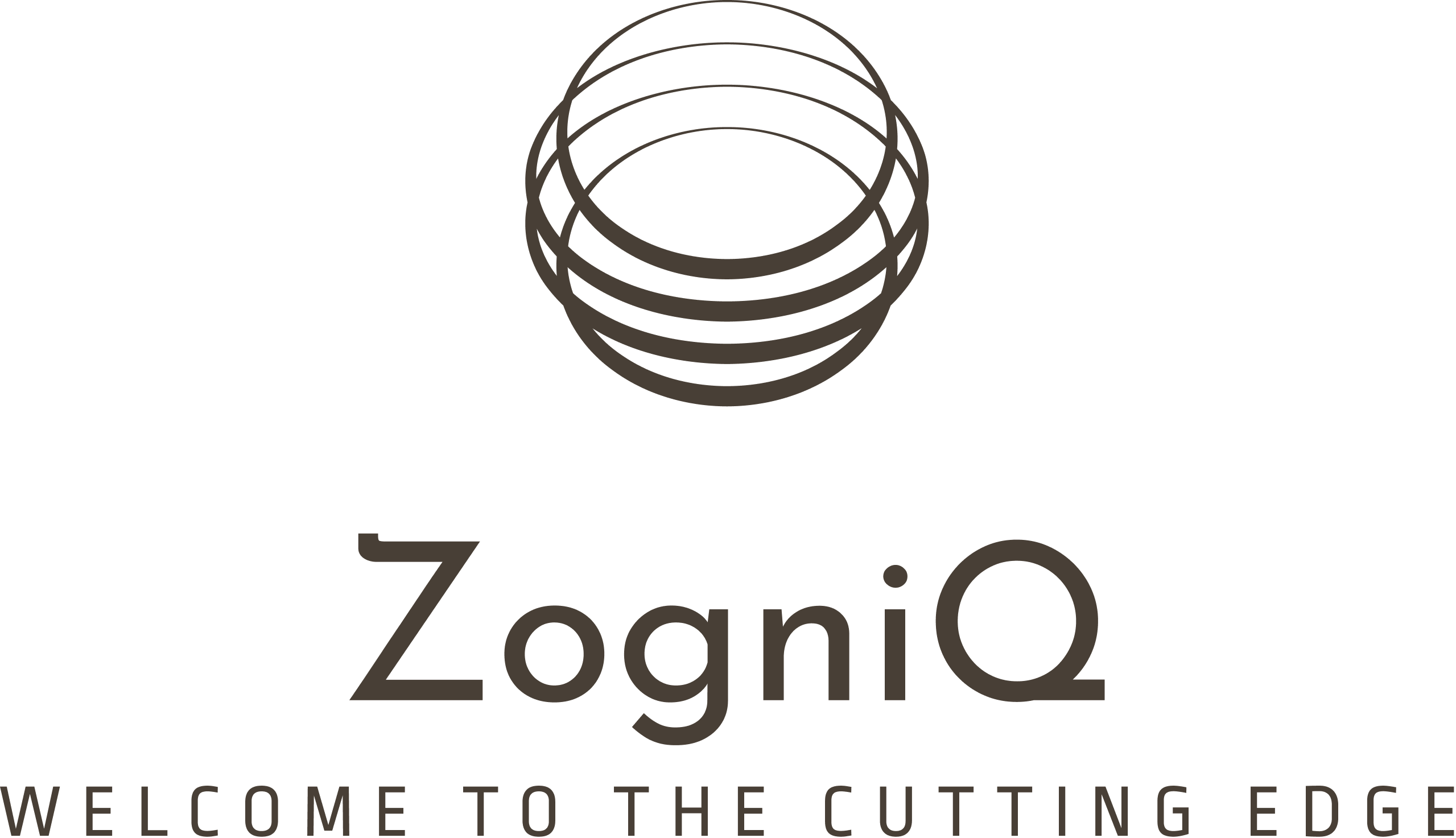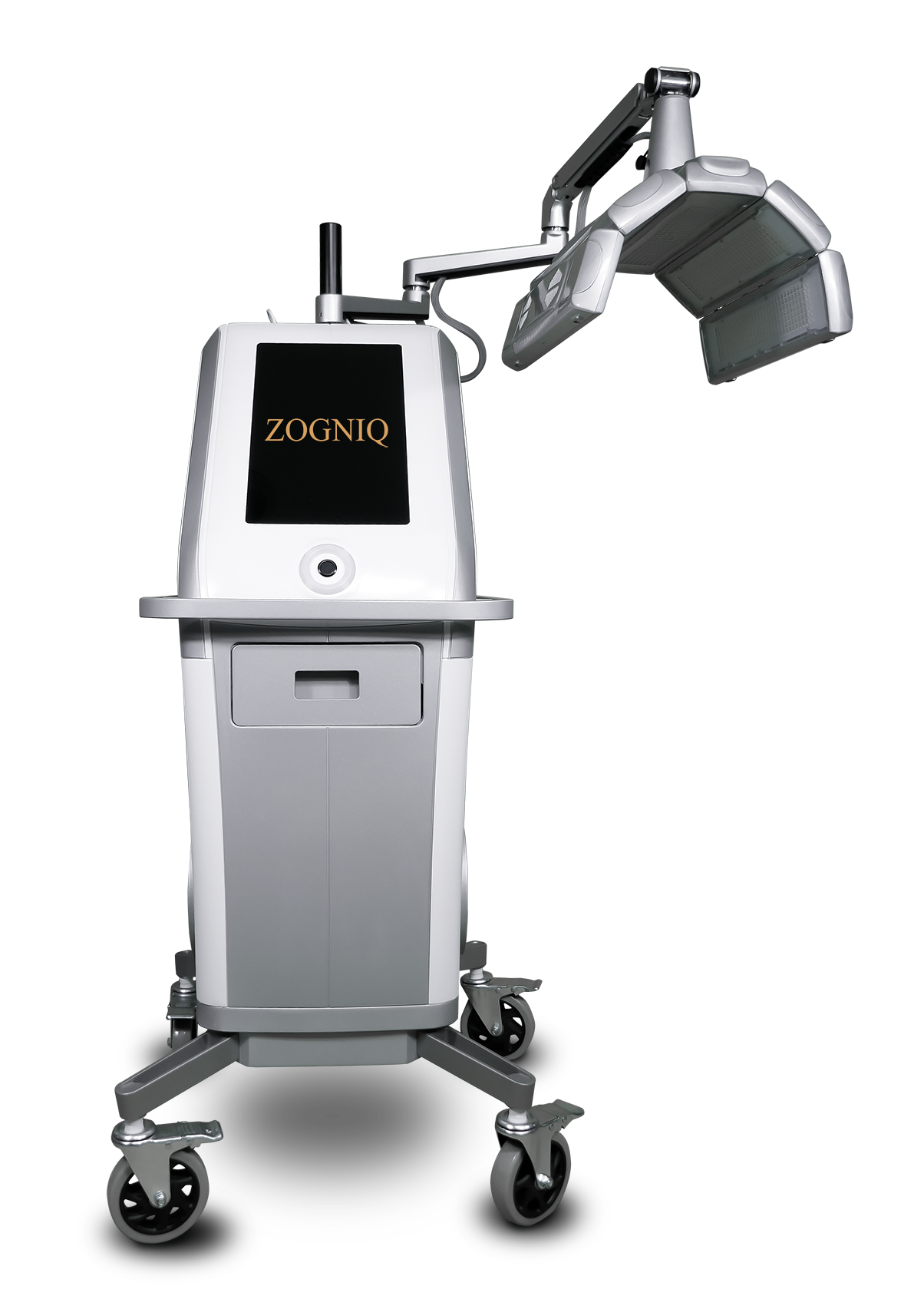Zogniq’s Polarized Light Therapy (ZPL) is a specialized form of photobiomodulation (PBM) that delivers light with a specific orientation of electromagnetic waves or polarization. This distinction affects how the light interacts with biological tissues at the cellular and subcellular levels.
On the other hand, standard Low-Level Laser Therapy (LLLT), emits light in a more randomized or unpolarized pattern.
Key Differences of ZogniQ ZPL vs. Standard LLLT Light
Feature | Standard LLLT | ZogniQ ZPL |
Wave Orientation | Random (non-polarized or partially polarized) | Uniform (parallel electric field vectors) |
Coherence | Coherent or partially coherent | Coherent & linearly aligned |
Depth of Penetration | Moderate | Enhanced due to reduced scatter |
Biological Interaction | General photochemical stimulation | More organized and efficient cellular stimulation |
Advantages of ZogniQ’s ZPL at the Cellular Level
Zogniq’s ZPL combines cutting-edge technology to provide better light therapy treatment for better patient treatments/outcomes as well as AI driven insights of diagnostic data post treatments:
- Enhanced Light Penetration: ZogniQ’s polarized light scatters less in the tissue, targeting cells with a deeper and more focused energy delivery to improve therapeutic reach, especially in dense or inflamed tissues.
- Improved Cellular Absorption: Mitochondrial chromophores (e.g., cytochrome c oxidase) show higher resonance efficiency with linearly polarized light for greater ATP production, enhancing energy metabolism and cellular repair mechanisms.
- Greater Photochemical Specificity: Polarized light maintains directionality, allowing more precise modulation of ion channels and cellular receptors involved in inflammation and healing. This can optimize nitric oxide release, calcium channel activation, and redox signaling pathways.
- Reduced Biologic Noise: The uniformity of polarized light reduces random photonic interaction, improving signal-to-noise ratio at the cellular interface for more consistent therapeutic effects and less unintended tissue excitation.
- Faster and More Consistent Results: Enhanced cell proliferation, angiogenesis, and collagen synthesis have been observed in polarized light therapy clinical studies, suggesting quicker anti-inflammatory and regenerative outcomes compared to unpolarized light.
Supporting Evidence
- Whelan et al. (NASA studies): Showed improved healing in deep tissues with directional (and partially polarized) red and near-infrared light.
- Bioptron Polarized Light studies: Demonstrated improved wound healing, skin rejuvenation, and pain relief using polarized polychromatic light.
- Study: “The effects of polarized photobiomodulation on cellular viability, proliferation, mitochondrial membrane potential and apoptosis in human fibroblasts” (J. Photochem. Photobiol. B, 2022)
- Study: “Polarized Light Examination and Photography of the Skin” Demonstrated enhanced view of vasculature and pigmented lesions is obtained and clinically useful techniques are presented (Arch Dermatol Published Online: July 1991)
- Study: “Polarized light therapy: Shining a light on the mechanism underlying its immunomodulatory effects“ Noninvasive, nonpharmacological interventions to treat inflammation and to assist in the process of tissue healing have the potential to revolutionize the treatment of a wide range of conditions. This study provides preliminary evidence suggesting that PLT could be a candidate to fill this gap in therapeutic approaches. (Journal of Biophotonics, 2019, Dec 29)


